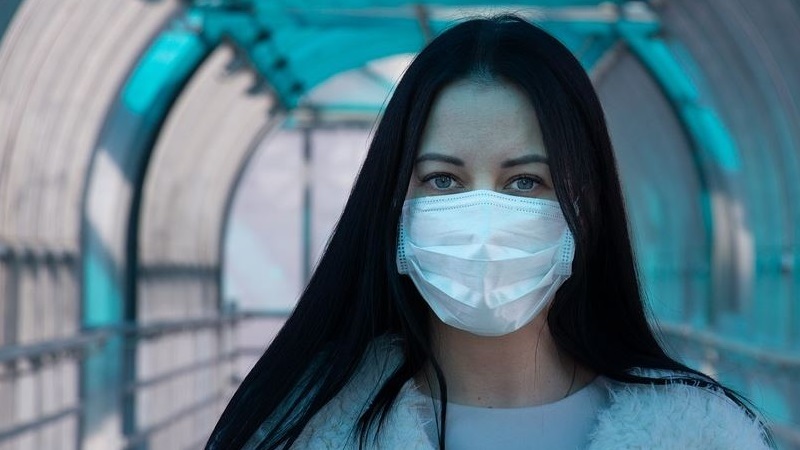Contact tracing has little effect once there is community spread. | Pixabay
Contact tracing has little effect once there is community spread. | Pixabay
The Michigan public health system is engulfed as the second COVID-19 wave hits the state, beating attempts to stop the spread of the virus.
Health authorities aren't as likely as they used to be to call individuals and let them know if they have come in contact with a COVID-19-positive patient in recent days -- meaning it's up to citizens to self-isolate, monitor their own symptoms and get the word out to anyone they may have infected before symptoms appeared.
COVID-19 is spreading at a high rate. "It's hard not to predict things getting worse," Josh Petrie, an epidemiologist at the University of Michigan School of Public Health, told Bridge Michigan.
Experts predict a snowball effect when it comes to the spread of the virus. They fear the worst is yet to come as we approach the holiday season.
“We could add all kinds of staff, and it’s not going to matter,” said Ingham County health officer Linda Vail, according to Bridge Michigan. “But we certainly could get a lot of help if people would do the things we’re asking them to do.”
Contact tracing is a strategy used to minimize the spread of COVID-19 and other diseases. After asking patients who've tested positive to self-isolate so that they don't continue to spread the disease, officials backtrack the patient's history to see who they may have infected, then contact the possible infected individuals, advising them to quarantine for two weeks. This only works if infection rates are relatively low. Once a "community spread" hits, tracing is far less effective.
Unfortunately, Michigan is now past the point of community spread.
“That worked pretty well until the early part of November, when the state got overwhelmed, too,” Upper Peninsula health officer Mike Snyder said.
Michiganders can help do their part by wearing a mask, self-isolating and social distancing when out in public.


 Alerts Sign-up
Alerts Sign-up